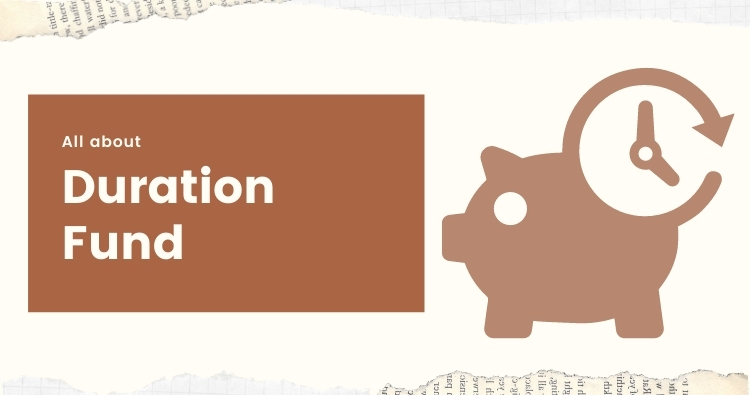- +91 9825156357
-

Have you ever wonder what strategies do debt fund managers use to generate returns? Accrual Strategy and Duration Strategy are the two strategies that are used to manage debt funds. Broadly speaking, the debt funds that follow Accrual Strategy and Duration Strategy are called Accrual Funds and Duration Funds.
It is important to understand duration as mutual funds investing in government bonds, hybrid funds, asset allocation funds use duration as a strategy while investing in bonds. In this article, we will talk about Duration Funds.
The RBI’s repo rate action has a significant impact on the performance of duration funds. Duration measures the bond’s sensitivity to the interest rate changes. A duration fund invests in different bonds of varying durations. The higher the fund’s average duration, the greater will be the impact of interest rate changes. Different aspects are considered while calculating the duration of the bond. With time, the duration of the bond declines. Put simply, duration measures the risk in bond price.
There are two main ways to calculate duration: Macaulay Duration and modified duration.
SEBI’s Mutual Fund Scheme Categorisation has classified debt funds into seven categories based on Macaulay Duration. The aim of the move is to help investors select the right debt fund as per their investment horizon.
Macaulay Duration is the time frame that will be required for the fund manager to recover the price paid for the bond in the form of interest payments and repayment of the principal.
The modified duration measures the change in the bond price, and subsequently, the unit price of the fund if the interest rates move by 1%.
The maturity period refers to the period when the principal along with the interest rate is repaid to the investor. So, a bond with a maturity period of 5 years earns interest in the five years and it pays the principal back at the end of five years.
The maturity period of the bond does not change. However, like duration, the maturity period of a bond becomes shorter as the bond nears the maturity date.
The maturity period refers solely to time. However, calculation of duration includes time and much more. Typically, the duration of the bondis equal to or less than the maturity period.
Funds with duration strategy aim to gain from the increase in the price of the underlying bonds following a downward movement in interest rates. The price of the bond and interest rate is inversely proportional to one another. It is because new bonds issued after the change in interest rate will carry a lower interest, which makes the old bonds attractive that increases the bond prices. This is how price appreciation leads to higher fund returns.
If a fund manager expects the interest rate to go south during the bond tenure, the manager would prefer to hold bonds with a longer duration than bonds with shorter durations. In the event of a rate cut, the price of the bonds with longer duration will increase more than the shorter duration bonds.
Based on the Macaulay duration, SEBI has classified debt funds into seven duration funds. You can select the duration fund based on your investment horizon.
Ultra Short Duration Fund: These funds invest in debt papers so that the Macaulay duration of the fund is between 3 months to 6 months.
Low Duration Fund: These funds invest debt and money market instruments with Macaulay duration of between 6 months-12 months.
Short Duration Fund: Macaulay duration of the bonds invested in the fund ranges between 1 year to 3 years.
Medium Duration Fund:The Macaulay duration of the medium duration fund’s portfolio is between 3 years to4 years.
Medium to Long Duration Fund: Macaulay duration of the fund’s portfolio is between 4 –7 years.
Long Duration Fund:The funds can invest in debt securities with a Macaulayduration greater than 7 years.
Gilt Fund with 10 year constant duration: 80% of the investment corpus of the fund is invested in government securities so that the Macaulay duration of the portfolio is equal to 10 years.
As duration funds depend on the expected and actual interest movement, the unit price of these funds may undergo rapid fluctuation. Moreover, the fund manager may also get the interest rate call wrong.
If you are looking to invest in debt fund for short term for a specific time horizon, duration funds can help you do that. Just invest in the fund as per your investment horizon. To know more, please consult your financial advisor or mutual fund distributor.
Tags :
+91 9825156357
"PCUBE HOUSE"
Near Palanpur - Ahmedabad Flyover,
Behind Mangalmurti Mart,
Palanpur - 385001
Copyright © NBB Investment. All rights reserved.